 There are many reasons that you might seek a milk alternative. Perhaps you are lactose intolerant or vegan. You might be looking to add a unique flavor to a recipe. Or maybe you are just curious about all the different options. The task of choosing the right dairy substitute can be daunting: the shelves are filled with choices, and many are made from surprising sources. So we commandeered a recent staff meeting to help you discover some “udderly” different milk choices.
We kept things simple by sampling only shelf-stable products in plain or original flavors from a variety of different brands. Participants were asked to consider taste, color, consistency and versatility. We found the experience enlightening and some participants even discovered a new favorite beverage.
There are many reasons that you might seek a milk alternative. Perhaps you are lactose intolerant or vegan. You might be looking to add a unique flavor to a recipe. Or maybe you are just curious about all the different options. The task of choosing the right dairy substitute can be daunting: the shelves are filled with choices, and many are made from surprising sources. So we commandeered a recent staff meeting to help you discover some “udderly” different milk choices.
We kept things simple by sampling only shelf-stable products in plain or original flavors from a variety of different brands. Participants were asked to consider taste, color, consistency and versatility. We found the experience enlightening and some participants even discovered a new favorite beverage.
Non-dairy Alternatives
For years, soy milk was the go-to alternative to dairy milk. These days you can find a great diversity of milks made from sources ranging from nuts, to rice and hemp. But what do these milk alternatives really taste like? We were curious, and decided to hold a tasting party (staff meeting) and invited the most discerning of palates (the entire Sprouts marketing department). We swished, sniffed and sipped seven unique “milks,” noting what we liked best and what we would consider doing with each.
 There are many reasons that you might seek a milk alternative. Perhaps you are lactose intolerant or vegan. You might be looking to add a unique flavor to a recipe. Or maybe you are just curious about all the different options. The task of choosing the right dairy substitute can be daunting: the shelves are filled with choices, and many are made from surprising sources. So we commandeered a recent staff meeting to help you discover some “udderly” different milk choices.
We kept things simple by sampling only shelf-stable products in plain or original flavors from a variety of different brands. Participants were asked to consider taste, color, consistency and versatility. We found the experience enlightening and some participants even discovered a new favorite beverage.
There are many reasons that you might seek a milk alternative. Perhaps you are lactose intolerant or vegan. You might be looking to add a unique flavor to a recipe. Or maybe you are just curious about all the different options. The task of choosing the right dairy substitute can be daunting: the shelves are filled with choices, and many are made from surprising sources. So we commandeered a recent staff meeting to help you discover some “udderly” different milk choices.
We kept things simple by sampling only shelf-stable products in plain or original flavors from a variety of different brands. Participants were asked to consider taste, color, consistency and versatility. We found the experience enlightening and some participants even discovered a new favorite beverage.
 There are many reasons that you might seek a milk alternative. Perhaps you are lactose intolerant or vegan. You might be looking to add a unique flavor to a recipe. Or maybe you are just curious about all the different options. The task of choosing the right dairy substitute can be daunting: the shelves are filled with choices, and many are made from surprising sources. So we commandeered a recent staff meeting to help you discover some “udderly” different milk choices.
We kept things simple by sampling only shelf-stable products in plain or original flavors from a variety of different brands. Participants were asked to consider taste, color, consistency and versatility. We found the experience enlightening and some participants even discovered a new favorite beverage.
There are many reasons that you might seek a milk alternative. Perhaps you are lactose intolerant or vegan. You might be looking to add a unique flavor to a recipe. Or maybe you are just curious about all the different options. The task of choosing the right dairy substitute can be daunting: the shelves are filled with choices, and many are made from surprising sources. So we commandeered a recent staff meeting to help you discover some “udderly” different milk choices.
We kept things simple by sampling only shelf-stable products in plain or original flavors from a variety of different brands. Participants were asked to consider taste, color, consistency and versatility. We found the experience enlightening and some participants even discovered a new favorite beverage.





 When you see a grass-fed label on your meat and dairy products, you can be sure that the animals were pasture/range raised and fed a diet of 100% forage. Since the animals roam on green pastures, they graze on protein-rich grasses rather than grains. This helps enhance the taste and nutritional value.
When you see a grass-fed label on your meat and dairy products, you can be sure that the animals were pasture/range raised and fed a diet of 100% forage. Since the animals roam on green pastures, they graze on protein-rich grasses rather than grains. This helps enhance the taste and nutritional value.
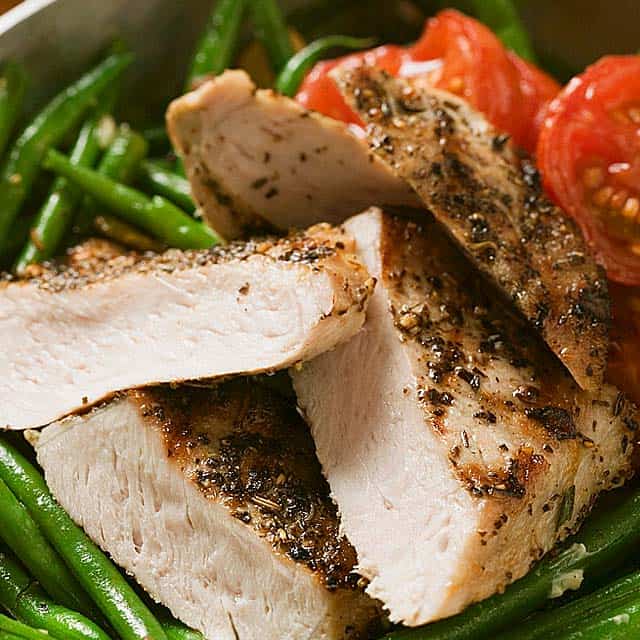
 One of the most popular herbs in America today, this perennial plant has been used by Native Americans for more than 400 years as a general tonic and to ease the discomfort of infections and wounds. There are two species of echinacea commonly used for medicinal purposes today: Echinacea angustifolia and Echinacea purpurea.
One of the most popular herbs in America today, this perennial plant has been used by Native Americans for more than 400 years as a general tonic and to ease the discomfort of infections and wounds. There are two species of echinacea commonly used for medicinal purposes today: Echinacea angustifolia and Echinacea purpurea.
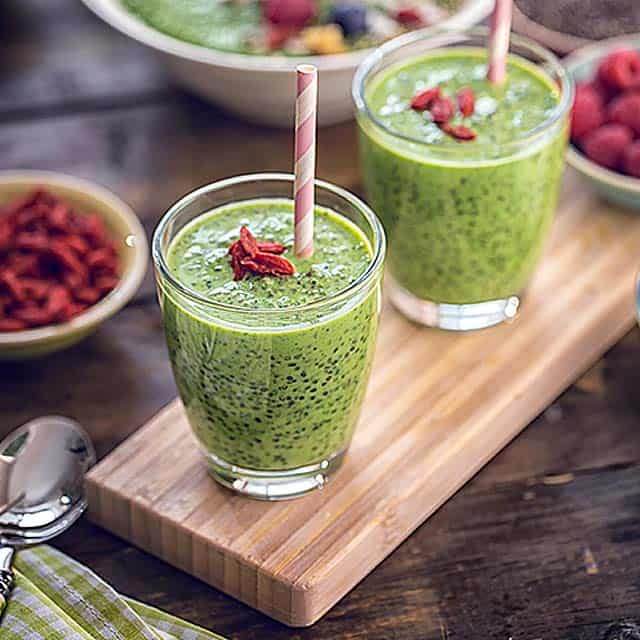 Great news for chocolate lovers! Cacao nibs, which are chocolate in their purest form, are full of both antioxidants and flavonoids. Cacao also stimulates the brain, triggering the release of phenylethylamine, a neurotransmitter commonly referred to as “the love drug,” which elicits feelings of contentment and alertness. There might be a reason for our chocolate love affair after all.
Great news for chocolate lovers! Cacao nibs, which are chocolate in their purest form, are full of both antioxidants and flavonoids. Cacao also stimulates the brain, triggering the release of phenylethylamine, a neurotransmitter commonly referred to as “the love drug,” which elicits feelings of contentment and alertness. There might be a reason for our chocolate love affair after all.
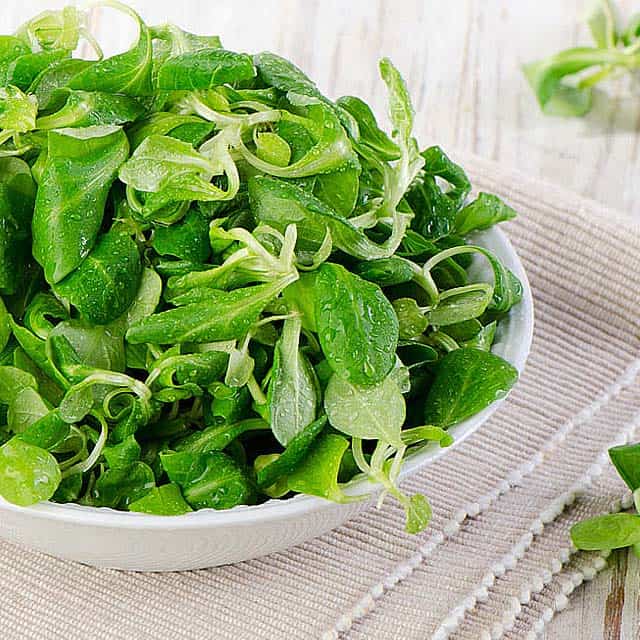
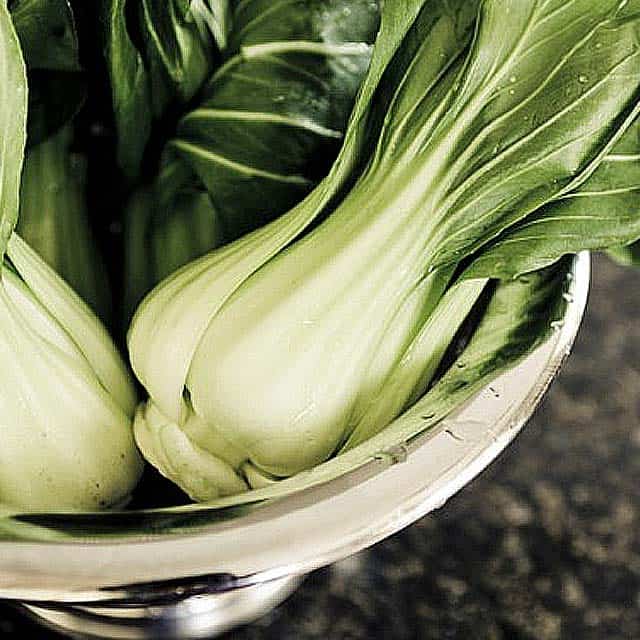
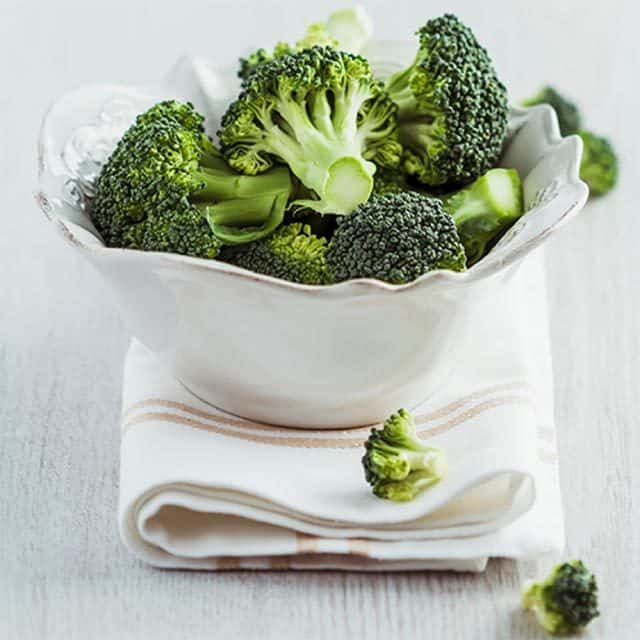 To start, the majority of potassium in our diet comes from fresh greens. They’re high in vitamins A, C and E, plus they are a great source of phytonutrients—compounds that protect and boost your immune system. No need to hold back—add to meals and snacks with abundance as green foods are naturally low in calories and free of saturated fats and cholesterol.
To start, the majority of potassium in our diet comes from fresh greens. They’re high in vitamins A, C and E, plus they are a great source of phytonutrients—compounds that protect and boost your immune system. No need to hold back—add to meals and snacks with abundance as green foods are naturally low in calories and free of saturated fats and cholesterol.